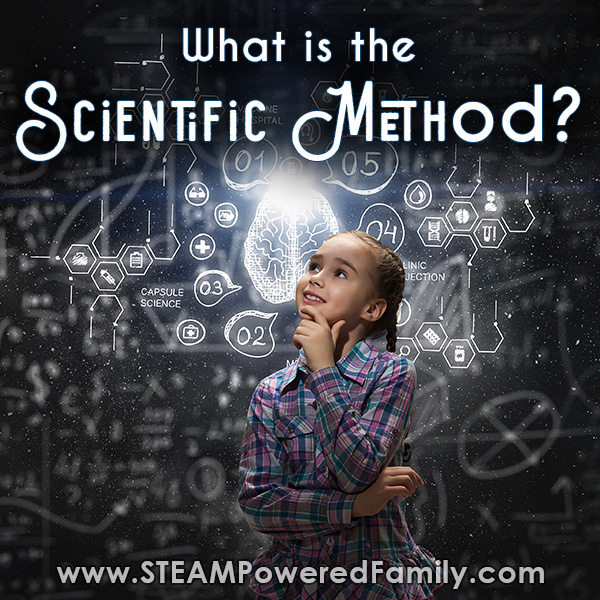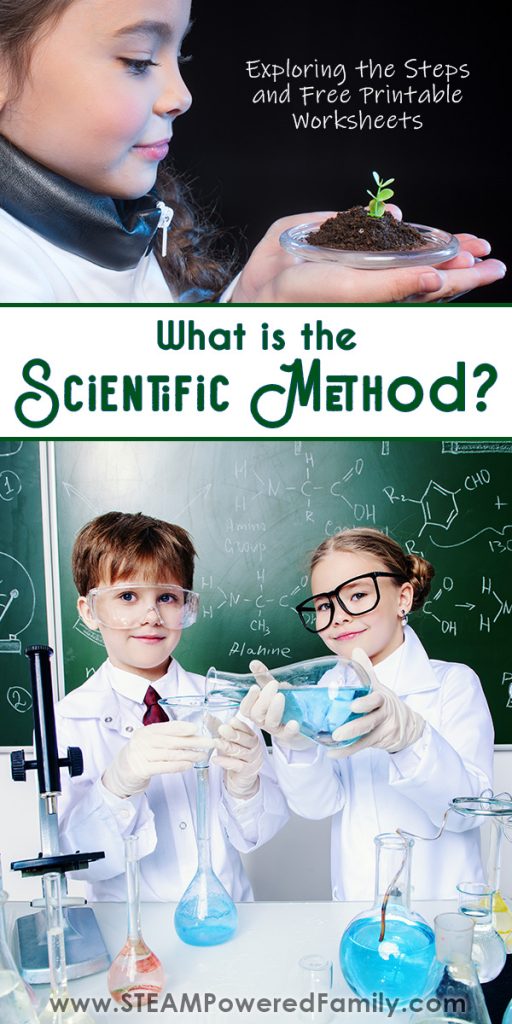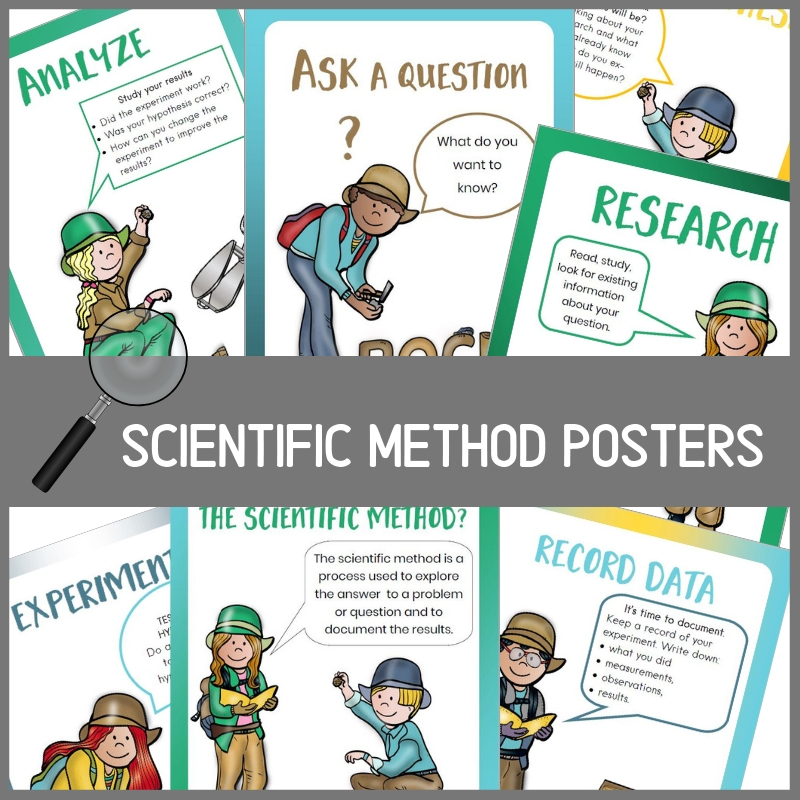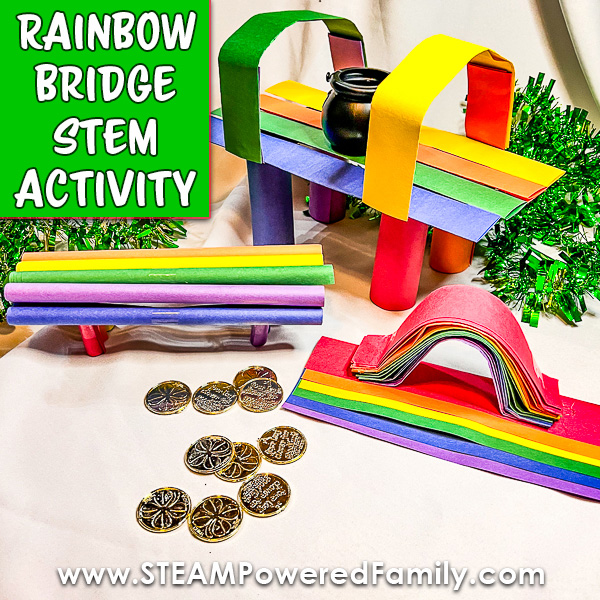Understanding The Scientific Method
It might sound formidable, but the scientific method is actually quite a logical and easy to use tool that is the foundation for all great experimentation. Once you start using the method, it becomes second nature. The best part is that this is one lesson that is not set in stone, you can adapt the scientific method to meet your needs. All you need is some solid critical thinking skills.
The Scientific Method

Disclaimer: This article may contain commission or affiliate links. As an Amazon Influencer I earn from qualifying purchases.
Not seeing our videos? Turn off any adblockers to ensure our video feed can be seen. Or visit our YouTube channel to see if the video has been uploaded there. We are slowly uploading our archives. Thanks!
What is the Scientific Method?
The scientific method is a series of steps used during experiments to guide the investigation process. The key here is the word “guide”. This method is not set in stone. Each scientist has their own variations they prefer, plus adaptions will be required based on the subject being investigated.
Critical thinking is a key component of the scientific method which is used in all areas of science. Without it, you cannot use logic to come to conclusions.
Whether you are studying physics, chemistry, biology, psychology or simply looking to expand your scientific knowledge, it is very important to have an understanding of the scientific method and how to use it.
We use the scientific method in many of our projects here at STEAM Powered Family. Students love to follow in the footsteps of some of our greatest scientific minds like Galileo, Aristotle, Isaac Newton, or Francis Bacon. By applying deductive reasoning and inductive reasoning students can dive deep into the process of scientific investigation and our goal of building scientific knowledge.
One thing I love about teaching the scientific method is that it is not a linear set of steps. It is simply meant to guide you through experimentation in order to achieve the best results. This may mean taking steps back, then forward, until you ultimately achieve a result worth sharing.
The scientific method has been used since the 3rd century BC by scientists around the world as they learned about the natural world around them. The goal is to gain greater understanding and further our knowledge by applying critical thinking skills and scientific investigation in a logical, predictable, way.
The History of the Scientific Method
The discovery of the scientific method is not credited to any single person. However there are a number of important figures who contributed to its development throughout the history of scientific discovery.
The Greek philosopher Aristotle, who was born in 384 BC, created the earliest evidence of using logic and cycles of observation and deduction.
Ibn al-Haytham, a mathematician born in 965 in Iraq, emphasized experimental data and reproducibility of results. He is often referred to as the “world’s first true scientist”.
During the Renaissance, many thinkers and scientists continued developing rational methods of establishing facts. Sir Francis Bacon emphasized the importance of inductive reasoning. While Sir Isaac Newton relied on both inductive and deductive reasoning to explain the results of his experiments, and Galileo Galilei emphasized the idea that results should be replicable.
Throughout history the Scientific Method has become an essential part of scientific advancement as it removes bias, and allows for the growth of our knowledge about scientific topics.
Scientific Method Posters Printable
Grab your scientific method posters for the classroom or science center. It includes a worksheet for kids to use when conducting their own experiments.
Scientific Method Steps
One question I often get is, how many steps are their in the scientific method? Well, as you can probably guess the answer is, “as many as you need.” Below I have outlined 7 steps of the scientific method, however, there may be a reason you don’t need one of the steps. Or maybe you need to repeat the steps a few times, making it a 10 step scientific method. Keep in mind, the scientific method is meant to be a guide. Adapt it to suit the needs of your project or assignment.
Using the Scientific Method
Applying the scientific method is actually a very simple process that we do every time we do a science experiment. It becomes second nature to think like a scientist once you get the hang of it.
For many kids, their science fair project is the first time they are learning about the Scientific Method. If you are finding it all a bit overwhelming, it’s OK. Take a deep breath. Just think about each part as one tiny step that will eventually bring you to your final project. Just take one step at a time.
Ask a question
The first step is a lot of fun and where many kids shine. Especially our creative thinkers who like to ask questions! We need to ask a scientific question about a specific topic or phenomena. If you are struggling with this step, try coming up with a few questions or scientific theories. Then carefully consider your questions. If this is a science fair project or classroom assignment, their may be some rules you need to follow. For example, your question may need to be one that has a measurable, quantitative, result. Simply, this means the results may need to be numbers. Considering the requirements of your assignment and project, pick your question, it will be the driving force behind your science experiments.
Research
Now we do some background research. The idea here is to gain a better understanding of your topic and work that has been done in this area before. We want to learn from others mistakes, not repeat them. You can use books, library, the internet, documentaries or experts in the field to do your research. Make sure you take notes and record all your sources. Use this information to start forming ideas for how you will conduct your experiment.
Hypothesis (Educated Guess)
A scientific hypothesis is your best educated guess or prediction, based on all the research you have done, and perhaps some preliminary testing (or experiments you have done in the past), on what the results will be of your experiment. It may not seem important and I know you will be super excited to dive into your experiment, but it is important to come up with your hypothesis. Formulation of a hypothesis is the foundation of the scientific method. This is how you will evaluate your results and determine the success or failure of your outcomes.
Once you have come up with your hypothesis make sure you write it down.
Experiment and Test
Next we set out to do some hypothesis testing, this is an essential part of the scientific method. You will need to do a few things at this stage including listing the materials required for the experiment, the steps that will be taken, your variables and your measurable outcomes.
Note on the types of variables
An important part of your experiment is variables. There are three types of variables in an experiment. A Constant or Controlled Variable stays the same throughout the experiment. The Independent Variable is the one you will be changing through the experiment. The Dependent Variable is measurable and is where you are focusing your observations to see how they change when you change the independent variable. You will want to establish what all these variables are before starting your experiment.
Observe and Evaluate
This is where you can really fall down the rabbit hole of science! The idea here is to carefully observe and evaluate your experiment results and draw conclusions about the validity of your study. Then you should repeat the test, perhaps with some tweaks learned from previous experiments until you can replicate it perfectly each time. You want to develop a method that gives you rock solid, predictable, results.
Analyze the Results
Now we want to take a look at our measurable results and analyze them to determine if our hypothesis was correct, partially correct, or completely wrong. This could involve statistical analysis of numerical results, evaluating case studies, or comparing an experimental group to a control group. We can also consider at this stage how we might do things differently in future experiments and come up with a new hypothesis.
Share the Results
In the final step we shared the results. This could be done as part of a science fair board presentation, a video report, a written report, or an online article on your favorite educational blog!
With some experiments it is also important that someone else can reproduce the results. It is only when the results can be replicated reliably that we can call a scientific discovery valid and sound. That’s why it is so important to share your results.
Why is the Scientific Method Important?
The scientific method is the application of critical thinking skills in a reliable pattern. The brilliance of practicing and mastering this method of thinking about experimentation, is that you will start to automatically apply it as you delve into more complex projects. Scientists around the world, and throughout history, have used these methods. It is a logical way of gaining new knowledge.
It can even help you with more simple events in real life.
Imagine you are trying to fix a broken dishwasher. You can use the scientific method to guide you through the process. First step, ask a question. What is not working? Next do some research on how dishwashers work and how to fix them and possible answers to fix them. Make your hypothesis about what part is broken. Do the repairs to that part. Evaluate your repairs, does it seem to be working now? Confirm if your hypothesis was correct, or return and come up with a new educated guess based on information you have gained doing the repairs. Finally, share your dishwasher repair story with friends so they know who they can call when their dishwasher breaks!
Hopefully this helps you see how the scientific method is not a scary thing, it is simply a way of thinking and experimenting to gain knowledge and insights. Of course, as you advance in science the method is used more rigorously, with rules, regulations and limitations, but for kids and general public, understanding the scientific method still has great value.
Books About The Scientific Method
Here are some books we love that include the scientific method.
SCIENTIFIC METHOD WORKSHEETS
To help you on your exploration of the scientific method I have created some worksheets that are available. Simply join our STEAM Powered Family mailing list to access this and many other free educational resources.
Activities To Practice the Scientific Method
Here are a just a few activities you can do to start using the Scientific Method. From here, you can start applying the Scientific Method to all of your scientific investigations.













